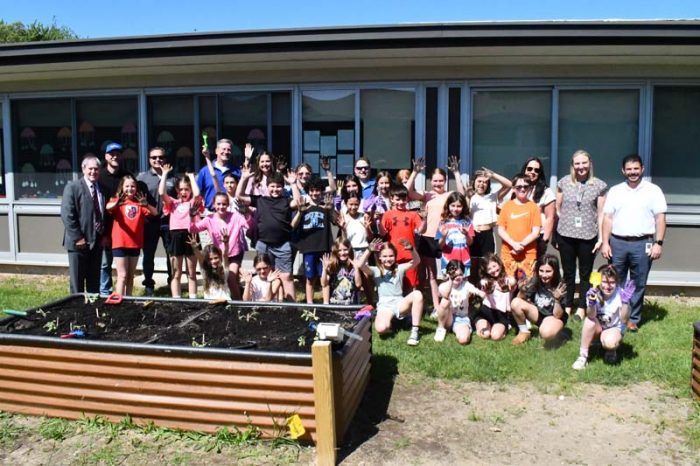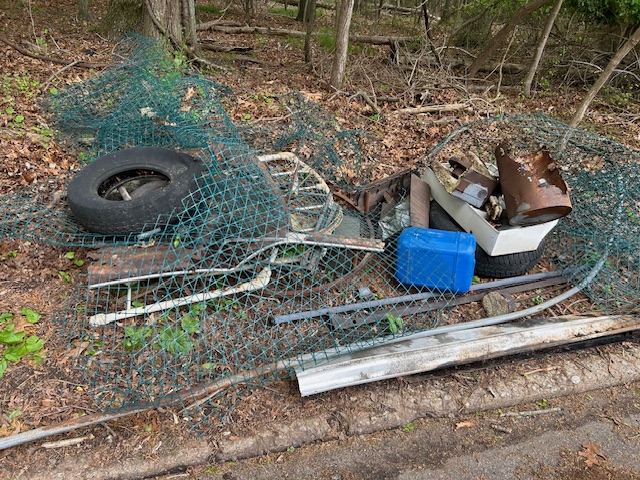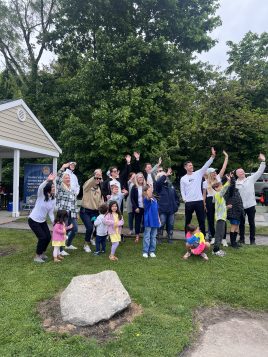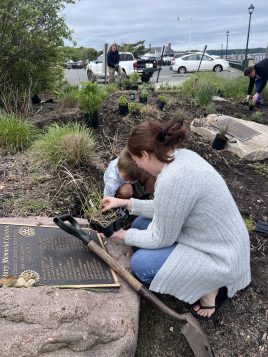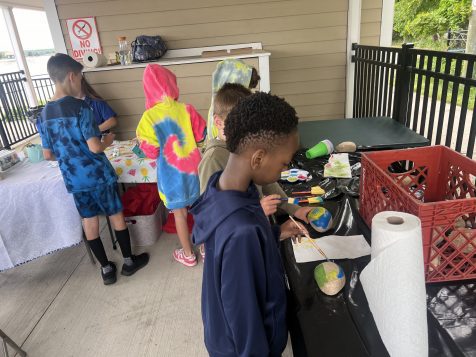On August 10, Town of Brookhaven Councilman Neil Manzella and Town Clerk Kevin LaValle co-hosted the Annual Shoprite Run the Farm 4 Mile Run/Walk to benefit Bethel Hobbs Community Farm in Centereach. Hundreds of runners and spectators attend the Run the Farm 4 Mile Run/Walk each year. This year, over 200 runners participated and more than 350 community members joined the post-race celebrations. Hunter Wilson was the male leader at 21 minutes, 16 seconds and Grace Miller was the female leader at 25 minutes, 31 seconds. Ms. Miller beat her own record from last year.
The historic Bethel Hobbs Community Farm is one of Long Island’s last remaining, all-volunteer farms. Established in 1906, this not-for-profit farm embodies the spirit of giving by donating as much as 90% of its annual harvest to feed those less fortunate. Hobbs Farm raises over 100,000 pounds of food each year which is donated to various food pantries around Long Island.
Councilman Manzella and Town Clerk LaValle thanked the organizers and runners who participated as well as the sponsors, Suffolk County Police Department 6th Precinct; Town of Brookhaven Highway Department; Town of Brookhaven Public Safety; Centereach Fire Department; and the event producers, EliteFeats. They also acknowledged Hobbs Farm owner, Ann Pellegrino, all the dedicated volunteers and vendors who helped make the Shoprite Run the Farm 4 Mile Run/Walk.
They also thanked the event sponsors, including Suffolk County Legislators Leslie Kennedy and Nick Caracappa; ShopRite; New York Blood & Cancer; Pepsi; Bethel AME Church; Middle Country Chamber of Commerce; John T. Mather Memorial Hospital; Stony Brook UUP; Mondelez International; Frito Lay; Team Rita; Island Nursing and Rehab; Techworks; Brooklyn Delights; Bimbo Bakeries; Campbells and Dunkin Donuts.




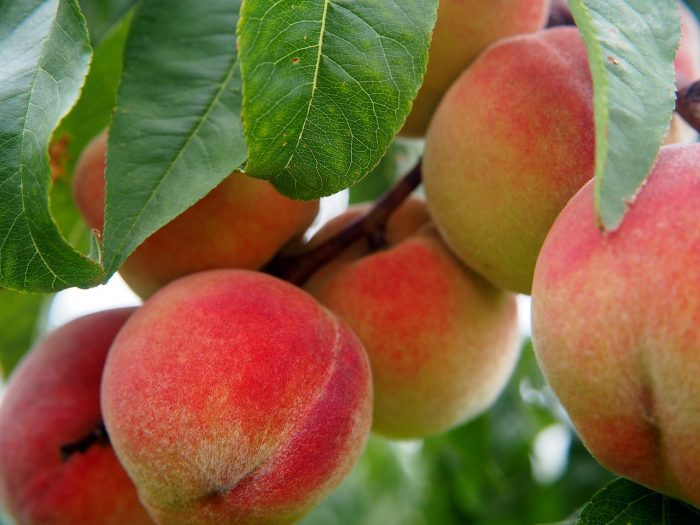


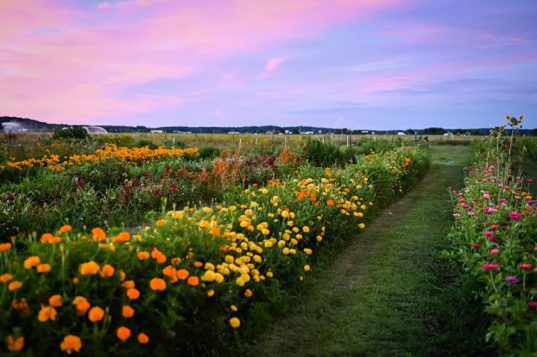

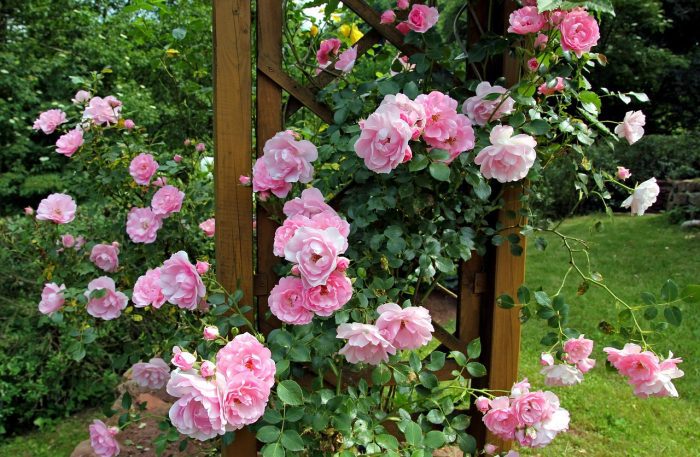



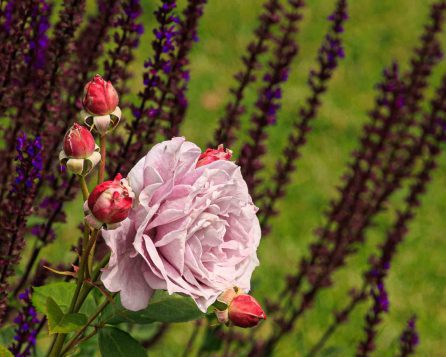

 Tickets are now on sale for the 12th annual Rocky Point Garden Tour, a self-guided walk through the community’s best home gardens, on Saturday, June 15 from 10 a.m. to 3 p.m. with garden goods for sale and raffle. $20 per person. Tickets are available at Heritage Paint, 637 Route 25A, Rocky Point and Flowers on Broadway, 43 Broadway, Rocky Point. All proceeds benefit the Rocky Point Civic Association. For more information, call 631-521-5726.
Tickets are now on sale for the 12th annual Rocky Point Garden Tour, a self-guided walk through the community’s best home gardens, on Saturday, June 15 from 10 a.m. to 3 p.m. with garden goods for sale and raffle. $20 per person. Tickets are available at Heritage Paint, 637 Route 25A, Rocky Point and Flowers on Broadway, 43 Broadway, Rocky Point. All proceeds benefit the Rocky Point Civic Association. For more information, call 631-521-5726.